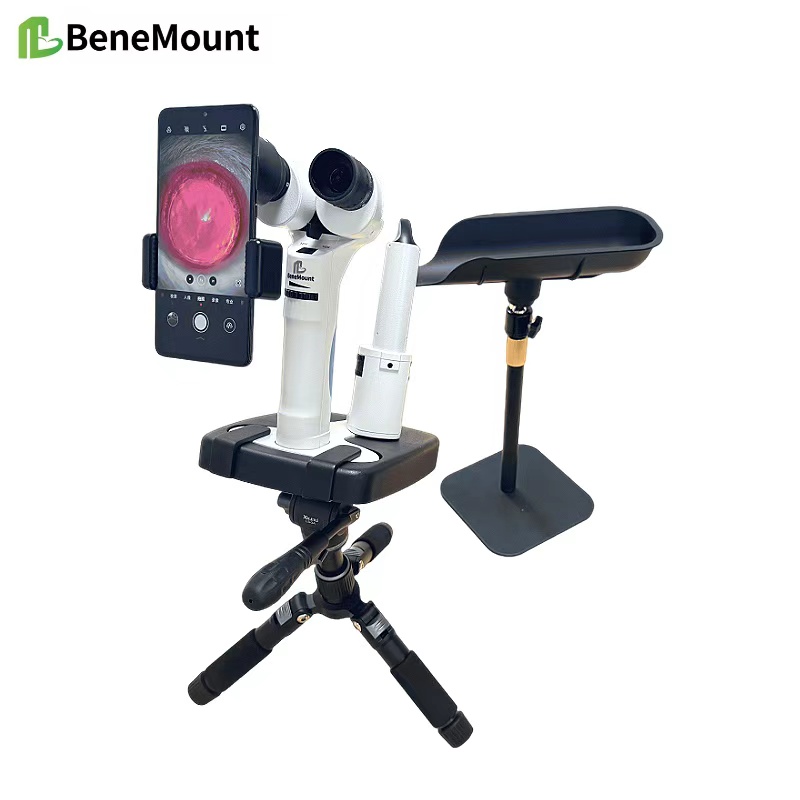Veterinary Slit Lamp plays a central role not only in diagnosis but also in the long-term monitoring of animal eye disease. Many ocular conditions in dogs, cats, and horses progress slowly over time. Consistent slit-lamp use gives veterinarians a clear view of subtle changes, helping them track disease development, evaluate treatment, and adjust management when necessary.
Monitoring Chronic Corneal Disorders
Chronic keratitis, corneal dystrophy, and the aftermath of ulcers require regular follow-up. With the slit lamp, clinicians examine opacity density, vascular growth, and surface irregularities in detail. Even small changes in stromal thickness or edema can be detected from one visit to the next. These observations indicate whether therapy remains effective or whether surgical options should be considered.
Follow-Up in Uveitis and Glaucoma
Uveitis often recurs, so ongoing slit-lamp evaluation is crucial. Clinicians identify flare, keratic precipitates, or new synechiae during each follow-up. In glaucoma patients, the slit lamp helps evaluate anterior chamber depth and lens position at regular intervals. Documenting these findings builds an objective record, which guides adjustments in medication or surgical intervention when control weakens.
Tracking Lens and Cataract Progression
Age-related lens changes benefit from serial slit-lamp assessment. Early cataracts may remain stable, advance slowly, or trigger secondary inflammation. By comparing current findings with baseline records, veterinarians can judge surgical timing and predict outcomes more accurately. This approach allows both the clinician and the owner to prepare for intervention at the most appropriate stage.
Clinical and Educational Value
The long-term use of the slit lamp benefits both practice and education. For teaching hospitals, repeated documentation shows students how diseases evolve over months or years. For research, consistent data sets support studies on treatment efficacy and disease progression. In both contexts, the slit lamp provides reliable, standardized information that strengthens veterinary ophthalmology.
Conclusion
Effective ocular care requires more than single examinations. Regular, structured use of the Veterinary Slit Lamp enables clinicians to detect changes, monitor therapy, and preserve vision across time. Its importance lies not only in immediate diagnosis but also in guiding long-term strategies that improve patient outcomes.




